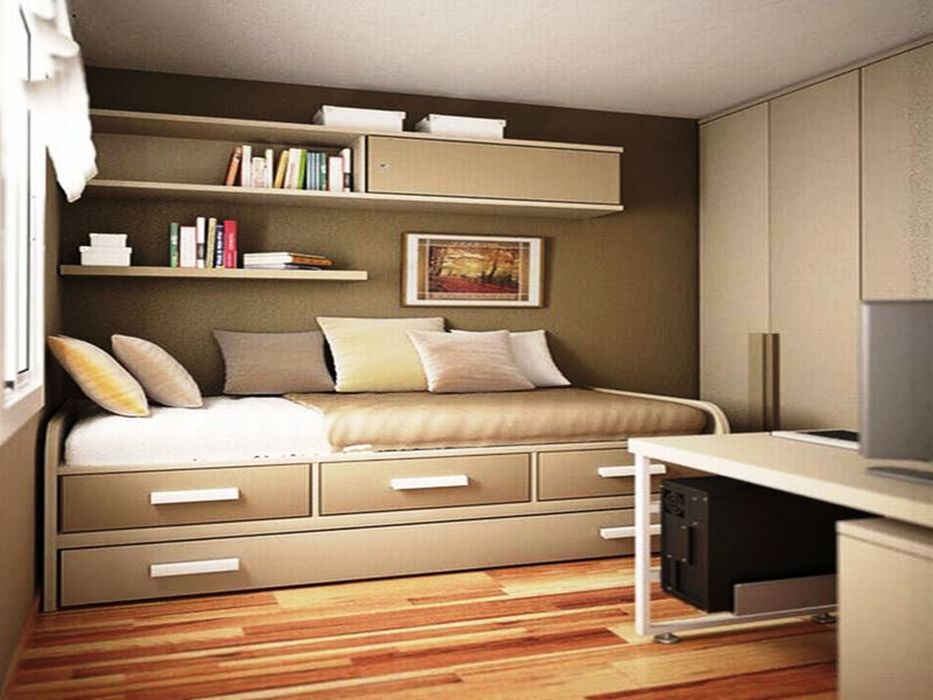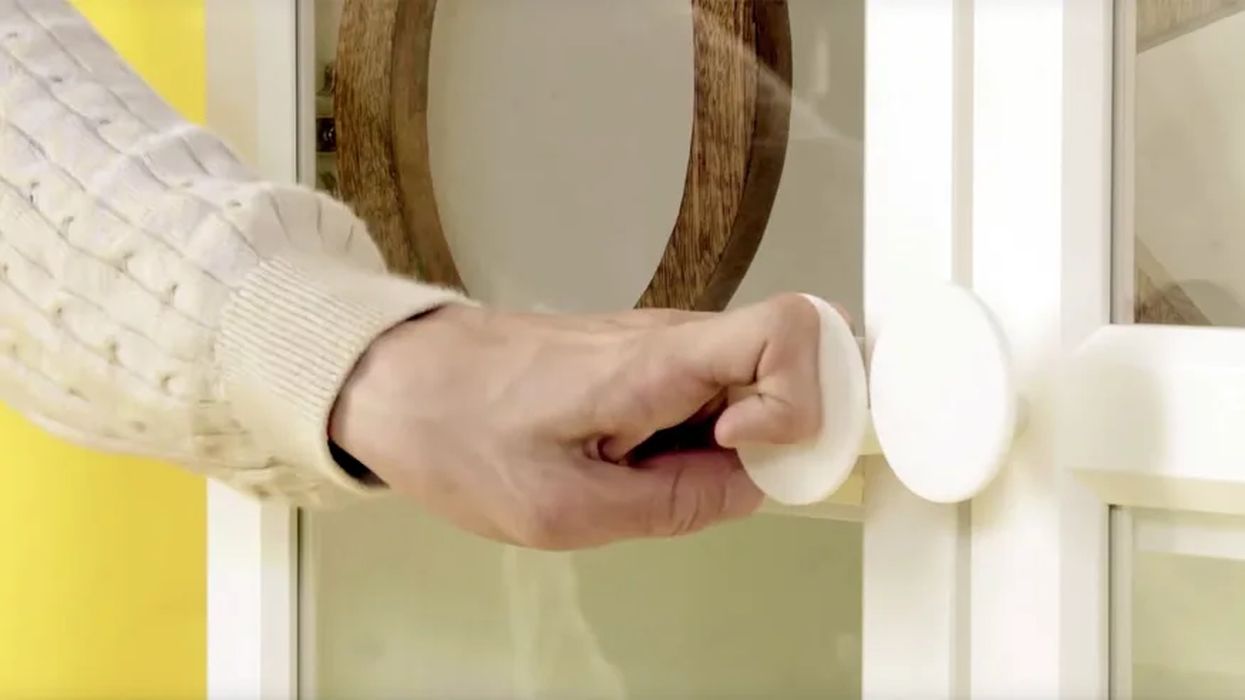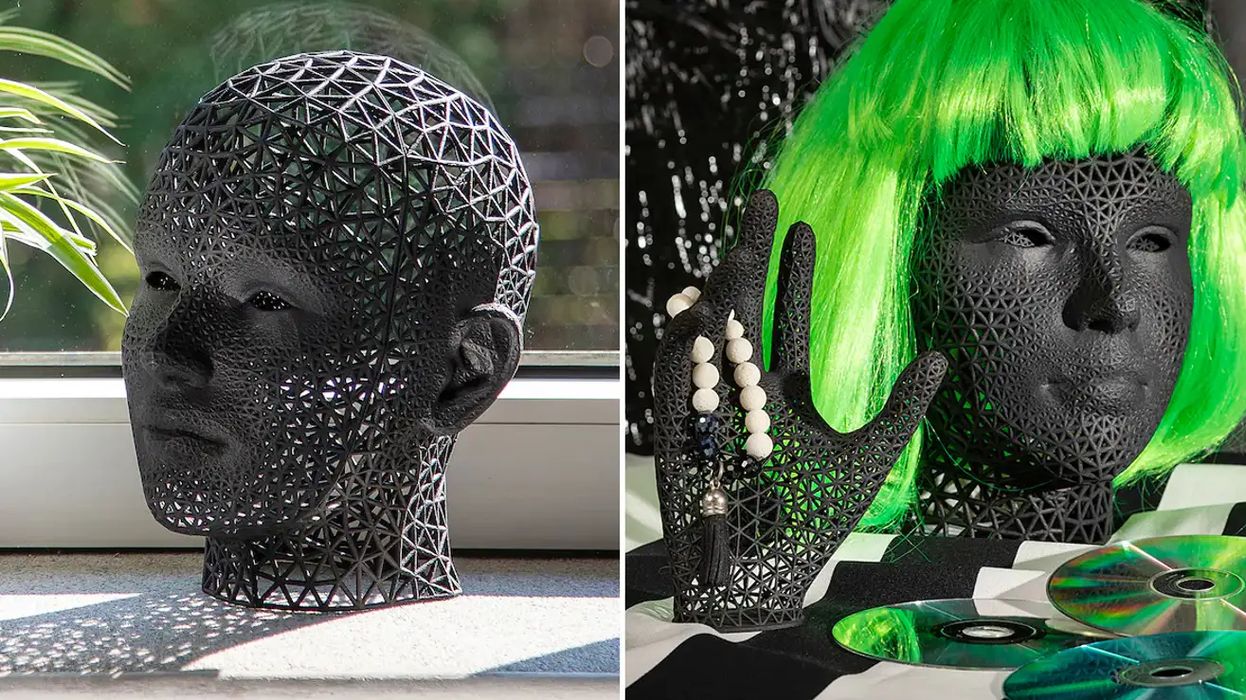Charles R. Goulding and Preeti Sulibhavi consider IKEA’s expansion plans as a way to increase their use of 3D printing.

In a strategic push to challenge Walmart and Wayfair, IKEA plans on opening new US stores with a cost of US$2.2 billion.
Sweden’s IKEA, which opened its first U.S. store in 1985, near Philadelphia, is seeking to win market share in the U.S. as cash-strapped consumers look for more affordable products. The company sees particularly strong demand in the South, where they have not been able to meet the demand thus far.
The head of IKEA Retail at Ingka Group in Sweden stated that they planned to open eight mega IKEA stores and nine smaller ones in the US soon. IKEA will also upgrade and improve current US retail outlets as the US is the second-largest market by sales, trailing only behind Germany. With this expansion, the US market is expected to exceed Germany’s share in the next few years.
The planned stores would increase the number of IKEA locations in the U.S. by around a third, from 51 stores and two “plan and order points”. Ingka Group had revenues of 5.5 billion euros (US$6.03 billion) in the U.S. in its 2022 financial year. They are taking an opportunity (and risk) to make a major expansion in the US during a slowing economy. They can expand at this time like this due in part to their being privately held (and not subject to Wall Street’s micro-managing).
IKEA is no stranger to 3D printing. For those living with disabilities, IKEA Israel has developed a technological solution to fabricate furniture pieces that are more user-friendly and easier to adjust, thanks to 3D printers.

Interior design for a home involves collecting unique and customized pieces that accentuate the interests of the people who call the house a home.

IKEA Germany is utilizing 3D printers to create customized pieces that reflect various interests and aesthetics. The new Flamtrӓd division is both unique and affordable thanks to 3D printing.
The Research & Development Tax Credit
The now permanent Research and Development (R&D) Tax Credit is available for companies developing new or improved products, processes and/or software.
3D printing can help boost a company’s R&D Tax Credits. Wages for technical employees creating, testing and revising 3D printed prototypes can be included as a percentage of eligible time spent for the R&D Tax Credit. Similarly, when used as a method of improving a process, time spent integrating 3D printing hardware and software counts as an eligible activity. Lastly, when used for modeling and preproduction, the costs of filaments consumed during the development process may also be recovered.
Whether it is used for creating and testing prototypes or for final production, 3D printing is a great indicator that R&D Credit eligible activities are taking place. Companies implementing this technology at any point should consider taking advantage of R&D Tax Credits.
Conclusion
Many people are aware of IKEA’s brand: simple and functional, without excess. With the expansion of IKEA in the US, there are even more opportunities for IKEA-driven 3D printing to grow, in addition to getting a taste of their famous Swedish meatballs.
